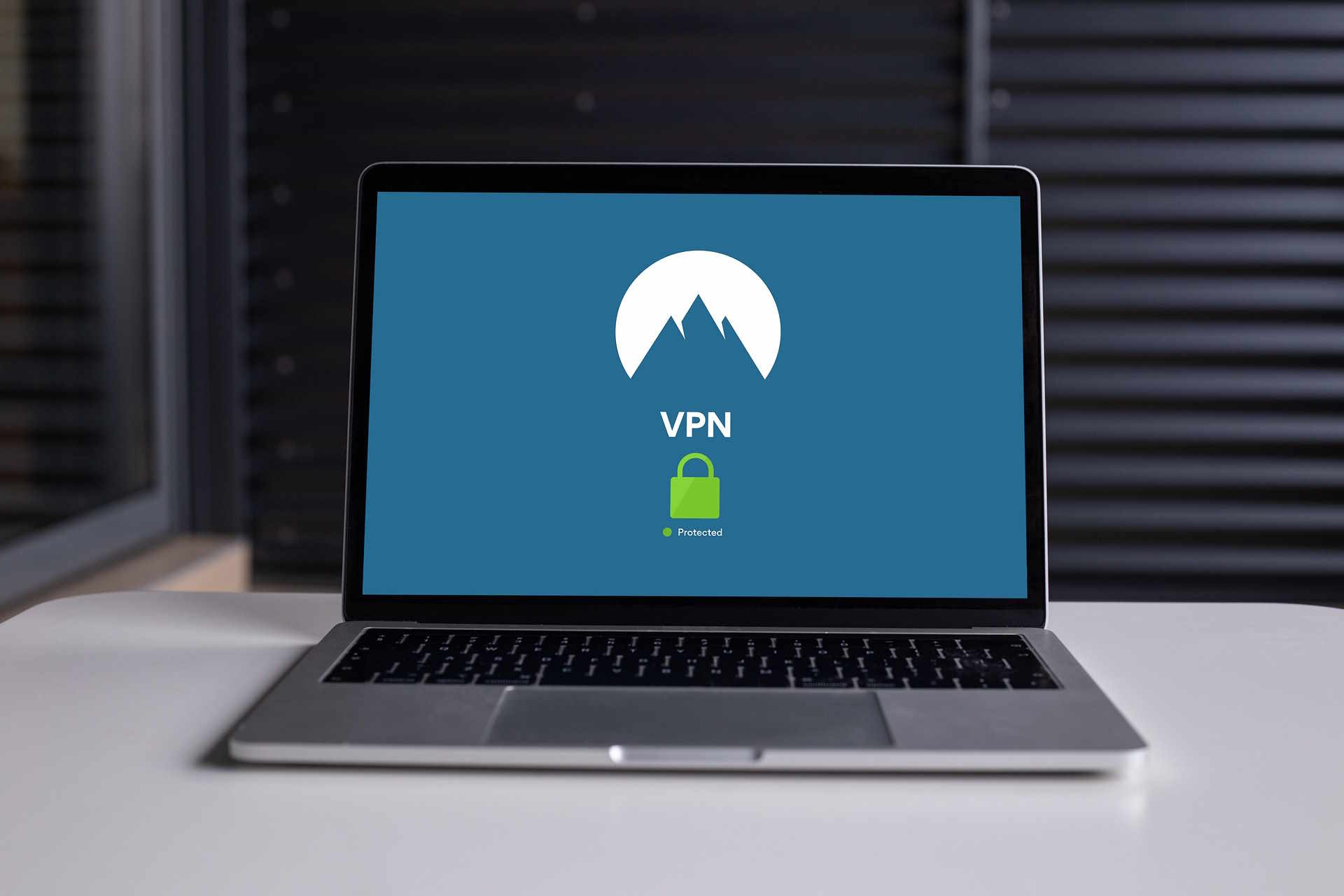How to Choose the Right PC Components for Your Workflow
Choosing PC components that match your daily tasks improves productivity, reliability, and long-term value. Whether you use laptops or desktops, or need specific hardware and software combinations, understanding storage choices, peripherals, networking, and security helps you make decisions aligned with your workflow and energy goals.

Which suits your workflow: laptops or desktops?
Think about mobility, performance, and upgradeability. Laptops provide portability and integrated peripherals, which is ideal for frequent travel or shared workspaces. Desktops often offer better cooling and more straightforward upgrades for CPU, GPU, or storage, which benefits compute-heavy tasks like video editing or 3D rendering. For mixed environments, a powerful desktop for intensive tasks and a lightweight laptop for meetings can balance convenience and capability.
How does hardware affect performance?
Core hardware—CPU, GPU, and RAM—determines how smoothly applications run. CPUs with more cores and higher clock speeds help multitasking and compilation, while dedicated GPUs accelerate graphics, rendering, and some AI workloads. Adequate RAM prevents swapping under heavy loads. Match component choices to the typical software you use: productivity suites and web development need less GPU power than video encoding or CAD. Consider thermal design and firmware compatibility to avoid throttling.
How should you choose storage, SSDs and HDDs?
Storage decisions hinge on speed, capacity, and cost. SSDs (NVMe or SATA) offer fast boot times, application responsiveness, and shorter file transfer times; use them for operating systems and active projects. HDDs provide larger capacity per dollar and are suitable for archival storage or large media libraries. Factor in RAID or backup strategies for redundancy, and evaluate firmware updates and SMART health monitoring to detect issues early. Hybrid setups often balance performance with affordability.
What peripherals and networking matter?
Peripherals—monitors, keyboards, mice, external drives, and docking stations—shape daily comfort and efficiency. High-resolution monitors with accurate color are key for design work, while ergonomic keyboards reduce fatigue. For networking, prioritize wired Ethernet for stable, high-bandwidth connections in workstations; Wi‑Fi 6 or 6E supports flexible setups and shared spaces. Consider peripheral compatibility with laptops and desktops, and assess router features and network security to protect data flows and reduce latency.
How to manage security and firmware?
Security spans both software and firmware. Keep operating systems and applications patched, and enable disk encryption and multi-factor authentication where appropriate. Firmware (BIOS, UEFI, SSD controllers) updates often fix bugs or security vulnerabilities; apply updates from trusted vendors and follow recommended procedures to avoid interruptions. Regularly review permissions, use reputable antivirus tools, and segment critical workloads on separate accounts or machines to limit exposure.
When to plan upgrades, maintenance, and recycling?
Plan upgrades around bottlenecks: add RAM if you see frequent memory pressure, upgrade to an SSD for sluggish storage performance, or replace an aging GPU for better rendering times. Perform routine maintenance such as dust cleaning, firmware and driver updates, and storage health checks to extend component life. When decommissioning, follow responsible recycling practices and local services for electronics disposal, and securely wipe drives to protect data. Consider energy usage when upgrading to improve efficiency and lower operating costs.
Conclusion Choosing the right PC components starts with a clear view of your workload, typical software demands, and how you balance mobility with performance. Factor in hardware limits, storage strategies with SSDs and HDDs, suitable peripherals and networking, and proactive security and firmware management. Regular maintenance, measured upgrades, and responsible recycling keep systems reliable and aligned with energy and environmental considerations.





